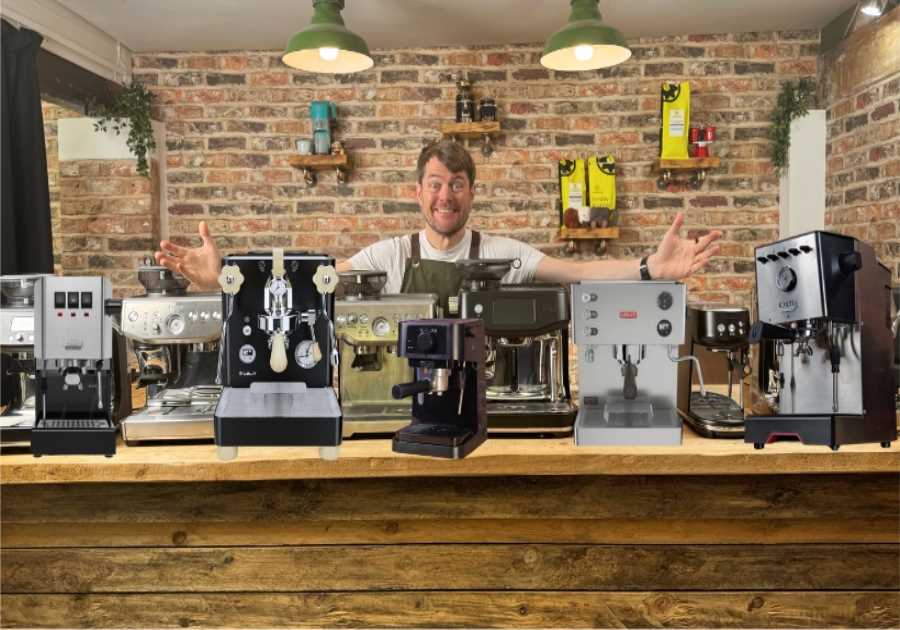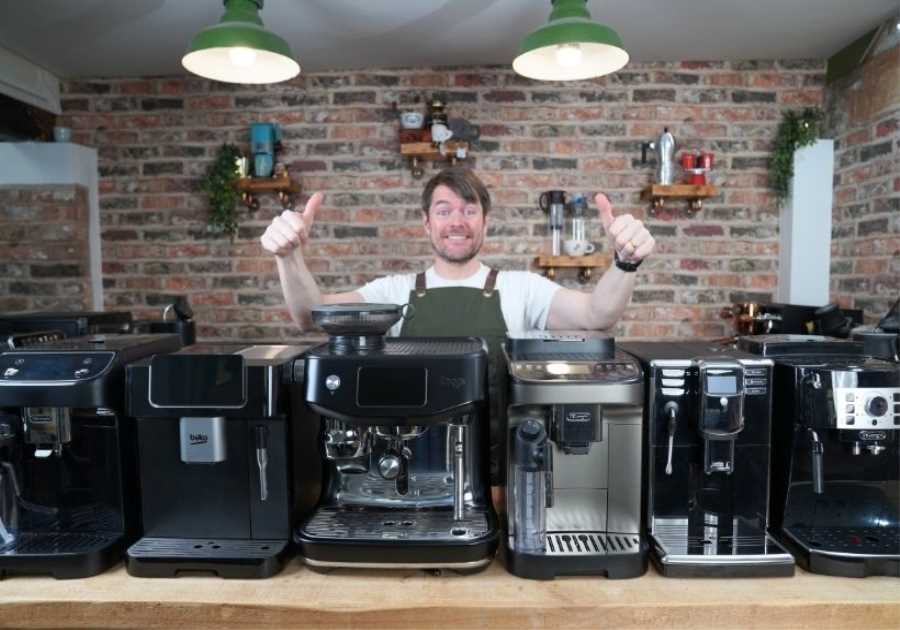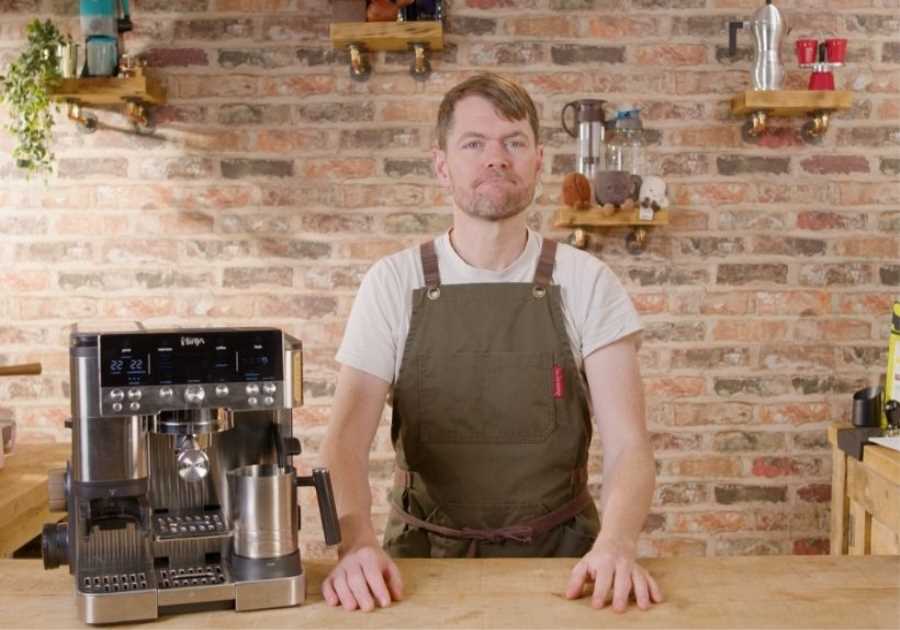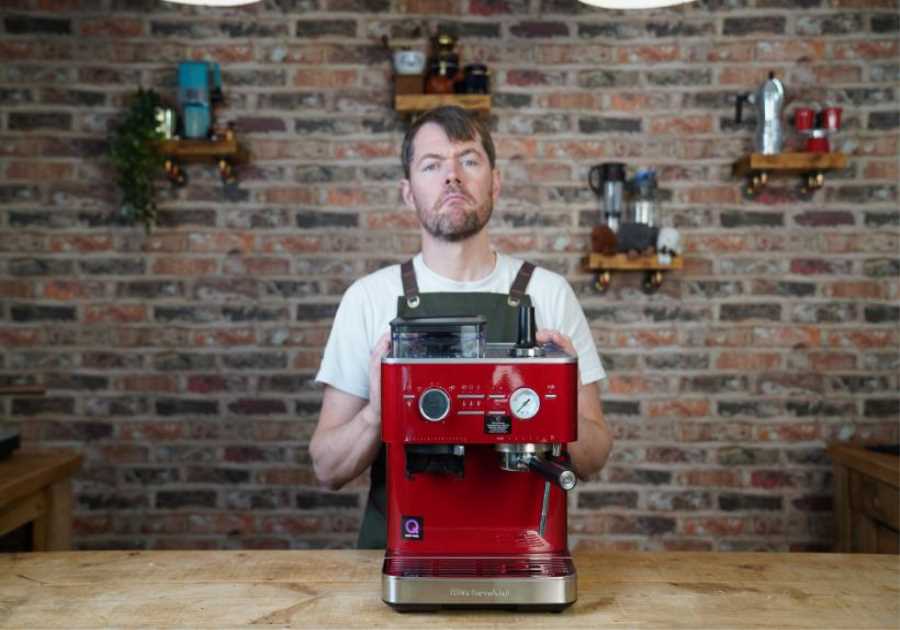Since the world’s first espresso machine was patented by Angelo Moriondo in 1884, design has come a long way. Between becoming more sleek and modern and focusing on controlling espresso extraction, technology continues to evolve.
Throughout this growth, precision has always been a guiding focus – and this continues to be the case. Now more than ever, coffee shops and roasters invest in high-quality, precise espresso machines for a number of reasons.
To find out more about precision in espresso machines, I spoke to three people at Levee – a premium espresso machine manufacturer in Turkey. Read on to learn more.
You may also like our article on how espresso machines work.
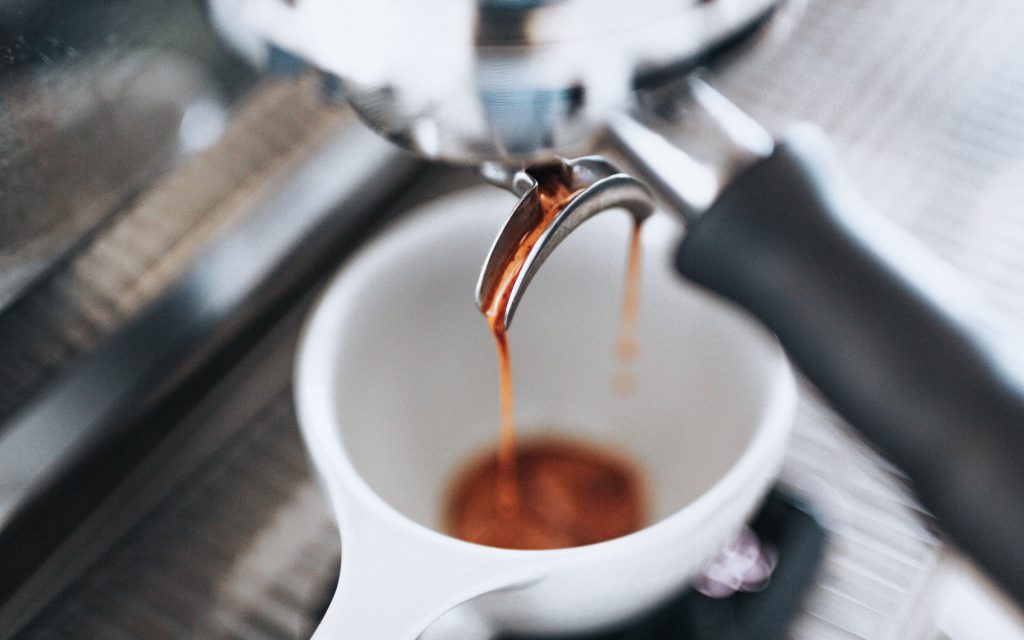
How have espresso machines changed over the years?
Over the past 100 years, espresso machine design has evolved tremendously.
Between the late-1880s and mid-1900s, espresso machine design was considerably more rudimentary than now. Moriondo’s prototype espresso machine used one boiler to force water through a coffee puck at around 1.5 bars of pressure. A second boiler would then flush the puck and finish extraction.
In the years since, machines have come to feature innovations such as pressure release valves, steam wands, and levers to improve performance. However, it wasn’t until 1961 that the first motorised pump was installed – which really created the espresso machine as we know it today.
Since the 1960s, we can say that espresso machine engineering has come to focus on a number of areas. These include boiler technology, water flow control, automation, and general precision in design.
An increasing focus on design
Baris Helvacioglu is the CEO of Levee. He explains how espresso machine design has changed over the past few years.
“In recent years, the design of espresso machines, as well as performance, has become the main focus of manufacturers,” he says. “For instance, instead of levers which required a certain level of strength to pull, espresso machines now have much smaller and more efficient ways of extracting coffee.
“With rising demand for coffee, cafés and roasters need robust yet precise espresso machines to ensure their beverages reach a high standard,” he adds.
Begüm Akpinar is the Chief Financial Officer at Levee.
“Older espresso machines often take up more space, and include many stainless steel and plastic elements,” she says. “This led some coffee shop owners to place them out of sight.”
In order to minimise any physical barriers between baristas and customers, coffee shop owners often placed espresso machines at the back of the bar. However, this would mean that baristas had their backs to customers while using the machines – impeding both workflow and customer service.
“With more precision in espresso machine design, they can be made much smaller – without sacrificing on technology,” she adds. “Moreover, they can look more elegant, so they can be the centrepiece of a coffee shop.”
Matching performance and design
Pinar Kabakçi is the Sales and Marketing Manager at Levee. She explains why the design of an espresso machine is so important.
“Extracting high-quality espresso is an art form,” she tells me. “Therefore, the espresso machine that you use also needs to be visually appealing, as well as being able to perform to a high standard.”
In line with this, Pinar explains that Levee espresso machines were designed in partnership with Pininfarina, a luxury Italian automobile manufacturer, and coffee supplier Helvacıoğlu Kahve.
“The magnetic mechanism for Levee’s handmade wooden panels – which are made from Ziricote, black and white ebony, and American black walnut – was inspired by F1 pit-stops,” Baris says. “You can easily remove and reattach within seconds.
“Along with our partners at Pininfarina, we visited a lot of coffee shops in Turin to observe barista workflow,” he adds. “Even less experienced baristas can quickly become comfortable using a Levee espresso, and can set and record brewing profiles using one button,” he adds.
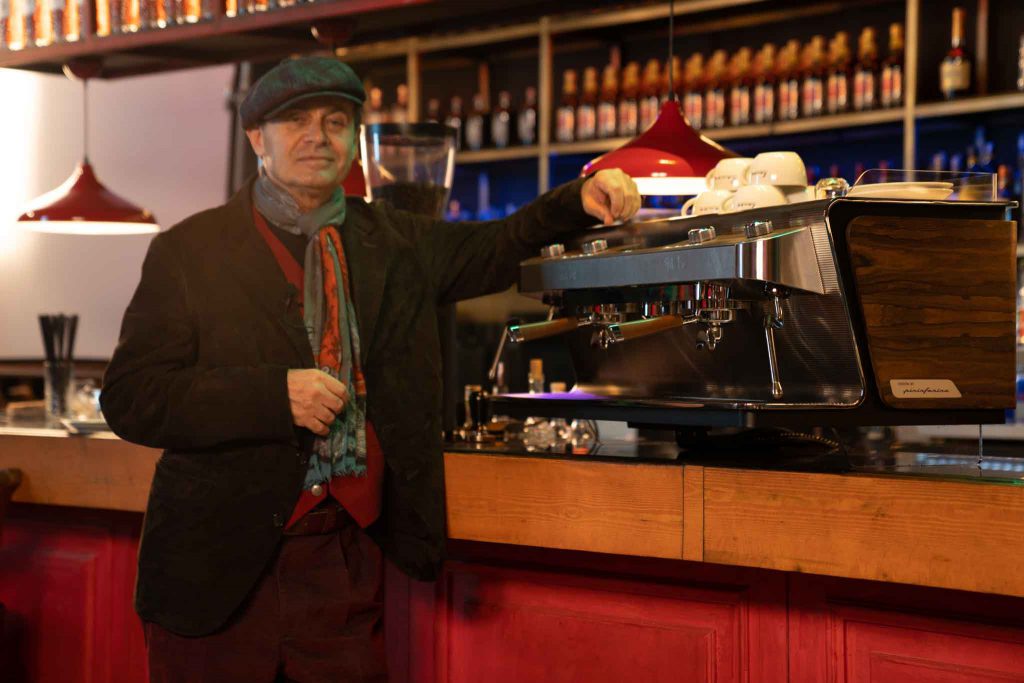
How do coffee shops find an espresso machine that aligns with their branding?
Marketing is an essential part of running a successful coffee business, especially in a customer-facing part of the supply chain. For coffee shops, espresso machines have come to play a key role in branding and visual identity.
Moreover, many coffee shops and roasters now position their espresso machines more thoughtfully, so as to be the focal point or centrepiece of their café.
Ultimately, this means that as well as being more visually appealing, the design of espresso machines also needs to be more in line with a coffee business’ branding and marketing.
For example, roasters and coffee shops need to make sure that several design features align with their branding, such as:
- Design style (e.g. modern or retro)
- Shape
- Materials used (plastic, metal, glass, and wood)
- Colour scheme
- Customisation options, such as company names and logos
“Espresso machine design needs to be compatible with the ambiance of a coffee shop,” Pinar says. “Levee espresso machines are designed to attract attention with their ‘fluid’ and futuristic – yet also retro – design.”
Baris explains that using different materials and colours can help to balance multiple design styles.
“The combination of ‘warm’ and ‘cold’ materials, such as wood and metal, can help your espresso machine to stand out,” he says.
The shape of your espresso machine can also play a big role. For example, sharp, precise shapes are often seen as more slick and futuristic, whereas a more fluid and rounded design comes across as more relaxed and intimate.
Pinar explains the design of Levee’s upper and lower grids was inspired by Pininfarina’s iconic 1950s car design.
“We manufacture our machines using six pieces of stainless steel, with no screws visible from the exterior,” she says.
What about customisable espresso machines?
Until recently, coffee shop and roastery owners had a limited range of colours and materials to choose from for their espresso machines.
However, the growing demand for more customisation means that you can adjust or change more and more components to create an espresso machine that works for your brand. Today, brands can add their logo, adjust colours, and even replace stock panels with different or even branded materials.
An example is Levee’s customisable, hand-made wooden panels, which can be interchanged and fitted using strong magnets.
“Levee uses a special technique to manufacture its handmade wooden panels, which can be interchanged,” Pinar explains. “It takes four days to manufacture them to a specification which ensures that the panels can withstand temperature fluctuation [because of the boilers].
“Other than the panels, portafilter handles, and the colour of stainless steel and plexiglass are also customisable,” she adds.
Moreover, Begüm explains that Levee machines – which received the 2023 German Design Award – also include other features, such as glass feet.
“The glass feet in particular create a light and almost floating effect to the machine,” she tells me.

Why does precision matter so much?
It’s no understatement to say that a quality espresso machine should be the centre of every coffee shop.
“An espresso machine is the power behind every coffee shop,” Begüm says. “It has to be strong and robust, as well as perform consistently.”
In turn, more and more coffee shops and roasters are looking for more precise espresso machines – in terms of performance, as well as design.
Effectively, having more control over extraction variables results in higher-quality espresso. Therefore, it’s critical that baristas dial in espresso so customers can experience the full spectrum of a coffee’s flavours.
Espresso machines designed with precision in mind certainly help with achieving consistently excellent espresso. For instance, machines which allow baristas to control flow rate, temperature, and pressure will inevitably result in better quality coffee.
Maintenance and spare parts
Maintenance and repairs are also important, too. One of the biggest concerns for coffee shop owners and baristas is the availability of spare parts and access to technical assistance when issues arise.
“Generally speaking, [to avoid any interruptions to service], a coffee shop may need to install a new machine until their current one is fixed,” Baris explains.
However, receiving new parts or maintenance assistance can sometimes take up to a few days – which can be detrimental to sales.
“Levee guarantees technical service within 48 hours in Turkey and other countries where we distribute our machines,” he adds. “For any other country, Levee guarantees technical service via video call within 24 hours, and we deliver spare parts to anywhere in the world within three days.”
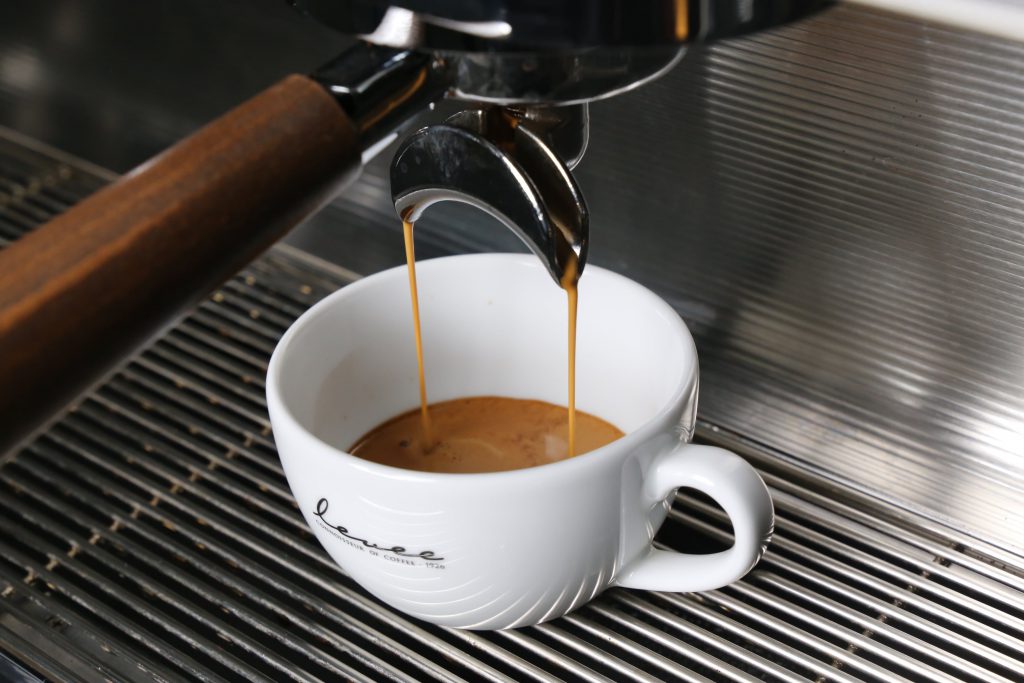
What should coffee shops and roasters look for?
There are plenty of espresso machines available on the market, but what you should be looking for depends largely on your coffee shop or roastery’s criteria.
There are a few key characteristics to look out for when investing in a new machine.
First and foremost, performance should be a priority – high-quality espresso beverages will speak for themselves. At the same time, finding a design and style of espresso machine that aligns with your brand identity is key.
“With a strong, elegant, precise, and barista-oriented espresso machine, baristas can do their jobs more effectively,” Baris tells me. “Having a high-quality machine with a clean design can add more value to a coffee business.”
Finally, durability is also essential. As much as possible, repairs should be minimal – for both the interior and exterior of the machine.
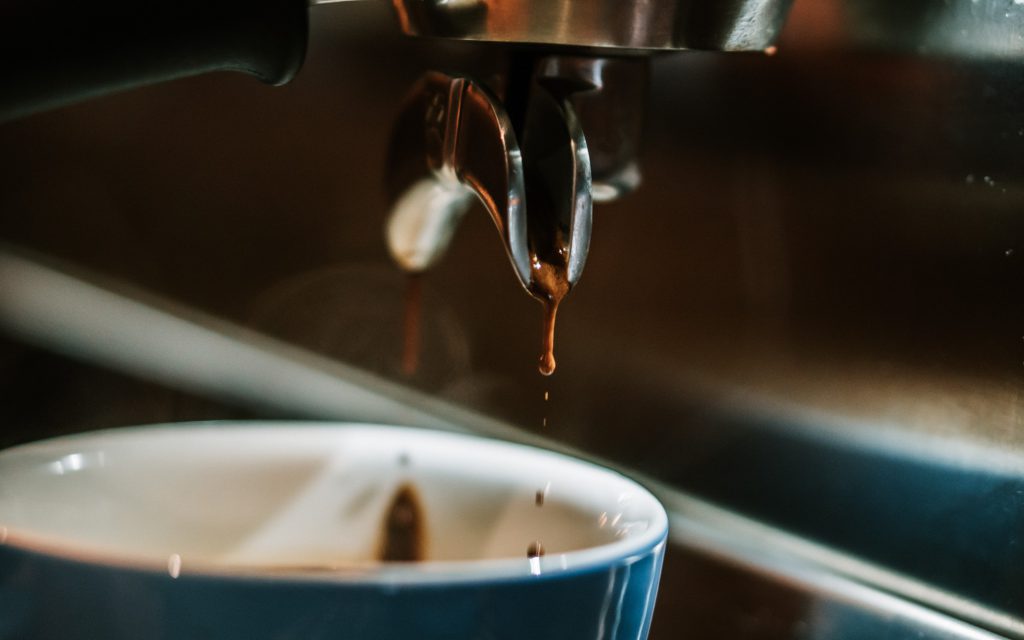
Over the past few decades, espresso machine technology has evolved to emphasise design and performance – and precision has been at the forefront of this evolution. Now more than ever, it’s important that coffee shops and roasters invest in machines which are both functional and visually appealing.
Ultimately, a more precise espresso machine not only means that coffee quality remains high, but helps to improve brand equity and awareness among your customers and beyond.
Enjoyed this? Then read our article on what the future is for espresso.
Perfect Daily Grind
Please note: Levee is a sponsor of Perfect Daily Grind.
Want to read more articles like this? Sign up for our newsletter!
The post Why is precision so important for espresso machines? appeared first on Perfect Daily Grind.
By: Zoe StanleyTitle: Why is precision so important for espresso machines?
Sourced From: perfectdailygrind.com/2023/04/why-is-precision-important-for-espresso-machines/
Published Date: Wed, 19 Apr 2023 05:23:00 +0000

